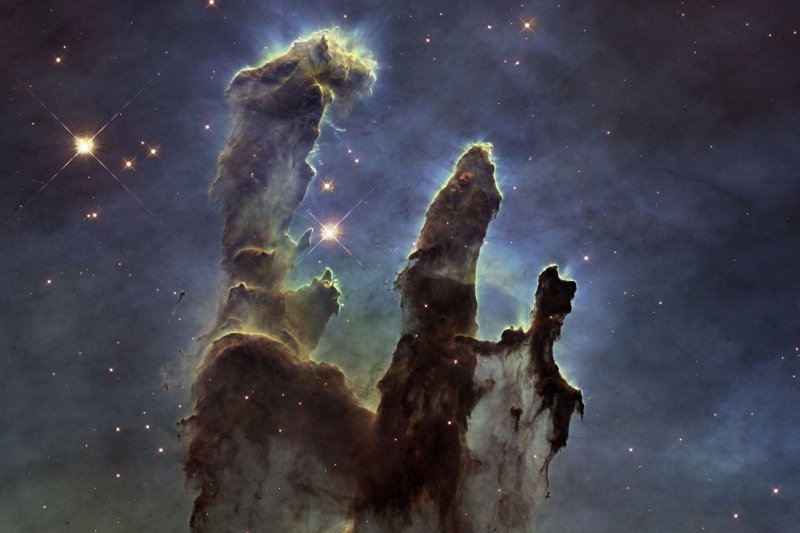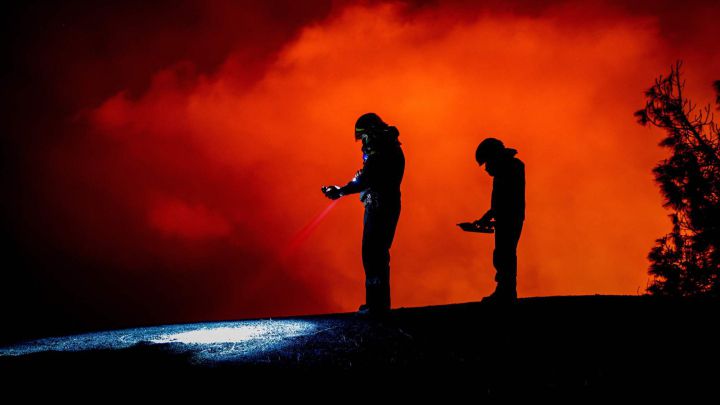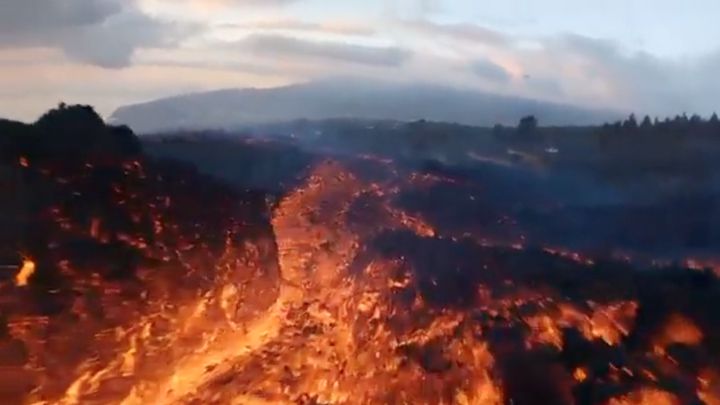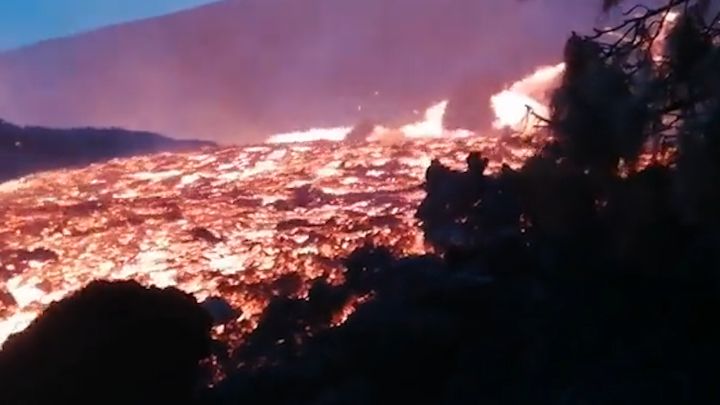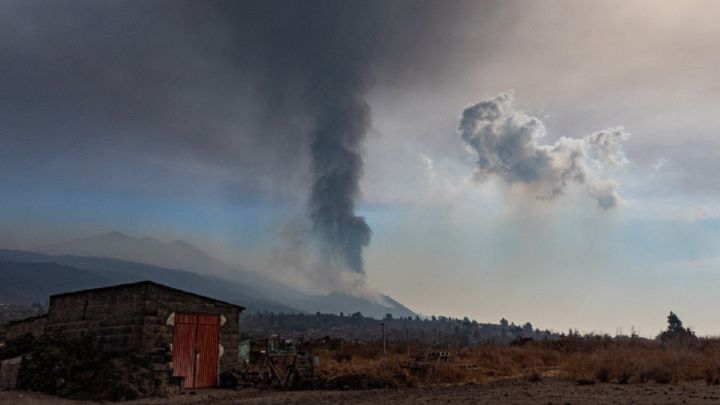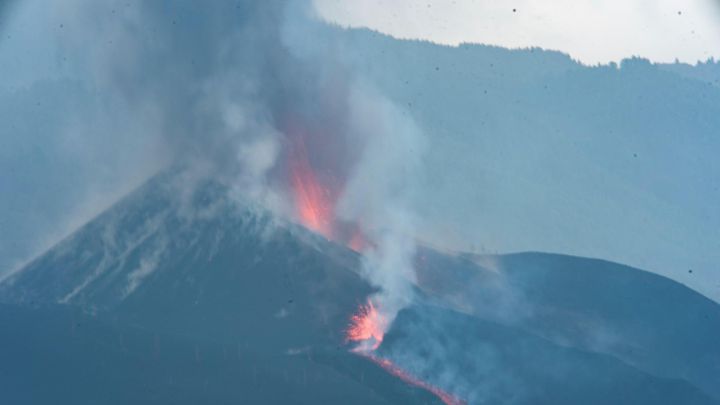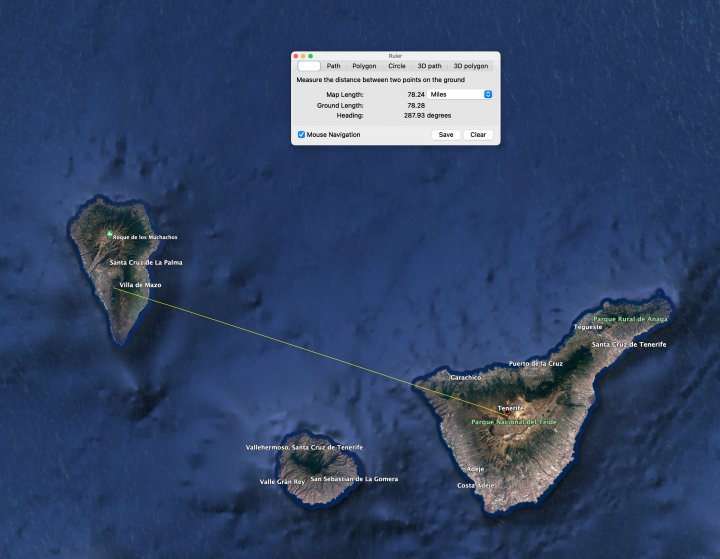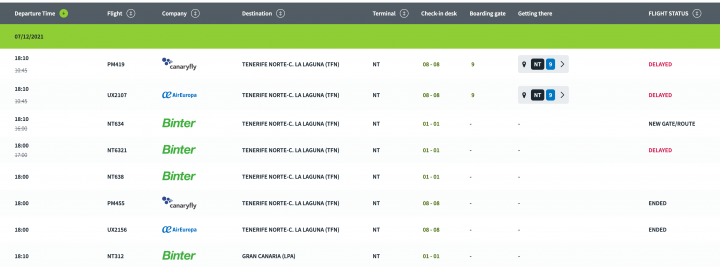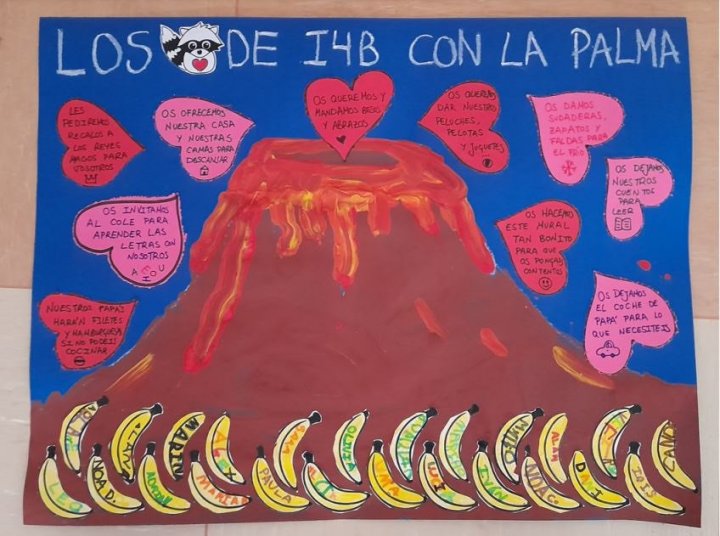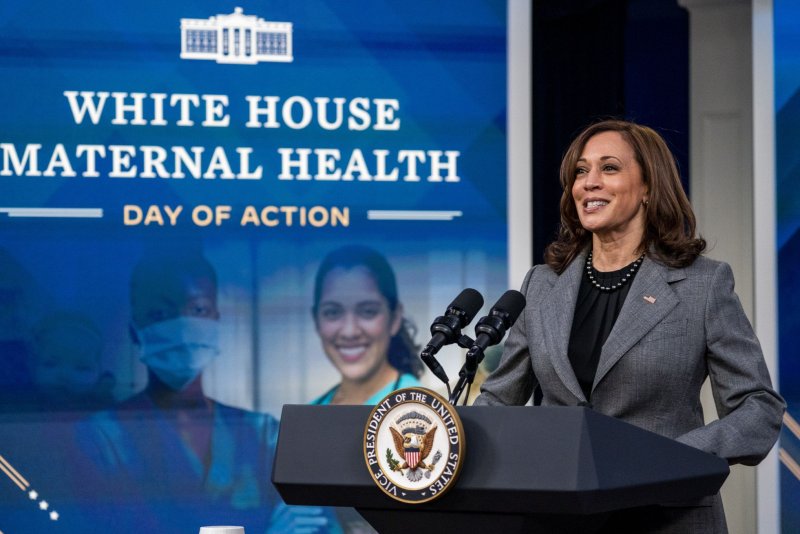By GRANT PECK and ELAINE KURTENBACH

Myanmar's leader Aung San Suu Kyi waits to address judges of the International Court of Justice on the second day of three days of hearings in The Hague, Netherlands on Dec. 11, 2019. Myanmar court on Monday, Dec. 6, 2021, sentenced ousted leader Suu Kyi to 4 years for incitement and breaking virus restrictions, then later in the day state TV announced that the country's military leader reduced the sentence by two years. (AP Photo/Peter Dejong, File)
BANGKOK (AP) — In sentencing Myanmar’s iconic democracy leader Aung San Suu Kyi to prison, the country’s generals have effectively exiled her from electoral politics. But that doesn’t mean the Southeast Asian nation is back to square one in its stop-start efforts to move toward democracy.
In fact, a younger generation that came of age as the military began loosening its grip on politics and the economy and has tasted some freedoms is well positioned to carry on the struggle.
A de facto coup on Feb. 1 pushed Suu Kyi’s elected government from power, throwing the country into turmoil. But erasing the gains of a decade of opening up has proved more difficult.
People took to the streets en masse almost immediately and have continued sporadic protests since then. As a military crackdown on demonstrations grew increasingly violent, protesters moved to arm themselves.
Within days, a mix of old and new guard, including elected lawmakers who were prevented from taking their seats by the takeover, announced a shadow administration that declared itself the nation’s only legitimate government. It was very consciously assembled to be a diverse group, including representatives of ethnic minorities and one openly gay member, unusual in socially conservative Myanmar.

Aung San Suu Kyi, left, Myanmar's foreign minister and de facto leader, walks with Senior Gen. Min Aung Hlaing, right, commander-in-chief in the airport of capital Naypyitaw, Myanmar on May 6, 2016. Myanmar court on Monday, Dec. 6, 2021, sentenced ousted leader Suu Kyi to 4 years for incitement and breaking virus restrictions, then later in the day state TV announced that the country's military leader reduced the sentence by two years. (AP Photo/Aung Shine Oo, File)
Aung San Suu Kyi, left, Myanmar's foreign minister and de facto leader, walks with Senior Gen. Min Aung Hlaing, right, commander-in-chief in the airport of capital Naypyitaw, Myanmar on May 6, 2016. Myanmar court on Monday, Dec. 6, 2021, sentenced ousted leader Suu Kyi to 4 years for incitement and breaking virus restrictions, then later in the day state TV announced that the country's military leader reduced the sentence by two years. (AP Photo/Aung Shine Oo, File)
It, not Suu Kyi, who was arrested in the takeover, has been at the forefront of the opposition — and has garnered significant support among the general population.
While no foreign government has recognized the so-called National Unity Government, U.S. national security adviser Jake Sullivan met virtually with two of its representatives. And it has accomplished a kind of standoff at the U.N., which delayed action on a request by Myanmar’s military government for its representative to take its seat. The country’s current delegate has declared his allegiance to the unity government.
“The coup and its aftermath are not so much the end of a democratization process in Myanmar as they are proof that democratization has actually taken hold of the younger generation,” Priscilla Clapp, who served as the U.S. chief of mission in Myanmar from 1999 to 2002. “In fact, the coup may ultimately prove to be the dramatic end to the older generation of leadership in Myanmar.”
The pro-democracy movement now faces the challenges of continuing to resist military rule, keeping up international pressure for restoring an elected, civilian government, and consolidating support from ethnic groups that have long fought the central government.
Suu Kyi, whose pro-democracy efforts won her the Nobel Peace Prize, and her allies have played important roles in the past, even when sidelined or jailed by the generals. On Monday, the 76-year-old was convicted on charges of incitement and violating coronavirus restrictions and sentenced to four years in prison, though that was almost immediately reduced to two. She faces other charges that could see her imprisoned for life.

FILE - Protesters hold portraits of deposed Myanmar leader Aung San Suu Kyi during an anti-coup demonstration in Mandalay, Myanmar on March 5, 2021. Myanmar court on Monday, Dec. 6, 2021, sentenced ousted leader Suu Kyi to 4 years for incitement and breaking virus restrictions, then later in the day state TV announced that the country's military leader reduced the sentence by two years. (AP Photo/File)
But the younger generation may be better placed to carry the mantle anyway.
Unlike their elders, younger people in Myanmar, especially those in the cities, have spent most of their lives without having to worry about being imprisoned for speaking their minds. They have had access to mobile phones and Facebook and grew up believing the country was moving toward greater, not less democracy.
They also seem more willing to reach out to Myanmar’s ethnic minorities. Not only did the unity government include ethnic minority officials in its Cabinet, but it sought out alliances with the powerful ethnic militias, which are fighting for autonomy and rights over their resource-rich lands.
“Even as they are fighting against the military takeover, they are debating among themselves to determine the outlines of a new form of a more democratic and ethnically diverse political system,” said Clapp, who is also a senior adviser to the U.S. Institute of Peace and the Asia Society. “This did not happen with earlier rebellions against military rule before the people had experience with democratic institutions that gave the public a voice.”
Suu Kyi’s own reputation abroad was deeply marred by her seemingly condoning, or at times even defending, abuses committed by the military against the Muslim Rohingya minority while her government was in power. She disputes allegations that troops killed Rohingya civilians, torched houses and raped women.
The unity government has also been criticized for seeming to neglect the long-oppressed Rohingya, and it remains to be seen how its uneasy alliance with ethnic groups will play out.
But Suu Kyi’s handling of the Rohingya is just one element that complicates her legacy.
An icon of resistance during her 15 years under house arrest, Suu Kyi agreed to work alongside the generals after she was freed. It was a gamble that left Myanmar’s fledgling democracy in limbo, with the military keeping control of key ministries and reserving a large share of seats in parliament.
Some overseas admirers were disappointed that during its time in power Suu Kyi’s government used British colonial-era security laws to prosecute dissidents and critical journalists, in part of “an ongoing pattern of silencing dissent,” said Jane Ferguson, a lecturer at Australian National University.
In seizing power, the military claimed there was massive fraud in the 2020 election that saw Suu Kyi’s National League for Democracy win in a landslide. It said that justified the takeover under a constitution that allows it to seize power in emergencies — though independent election observers did not detect any major irregularities. Critics also assert that the takeover bypassed the legal process for declaring the kind of emergency that allows the army to step in.
Security forces have since quashed nonviolent nationwide protests with deadly force, killing about 1,300 civilians, according to a tally compiled by the Assistance Association for Political Prisoners.
Despite the risks, the verdict against Suu Kyi, who remains popular, provoked more spirited protests. In the city of Mandalay on Monday, demonstrators chanted slogans and sang songs popularized during pro-democracy protests in 1988.
“In Yangon, we are seeing local residents resume banging pots and pans late at night in protest,” said Jason Tower, Myanmar country director for the U.S. Institute of Peace. “These types of moves by the junta are also a key driver and motivation for local people to join people’s defense forces.”
Those forces, which began as a way to protect neighborhoods and villages from the depredations of government troops, are also being supported by the opposition unity government that hopes to turn them into a federal army one day.
In the meantime, the military will keep trying to “terrorize the public into obedience,” said Christina Fink, a professor of international affairs at George Washington University. “They have done so successfully in the past, but this time the opposition is more widespread and takes many different forms so it has been much harder for the regime to achieve its goal.”



